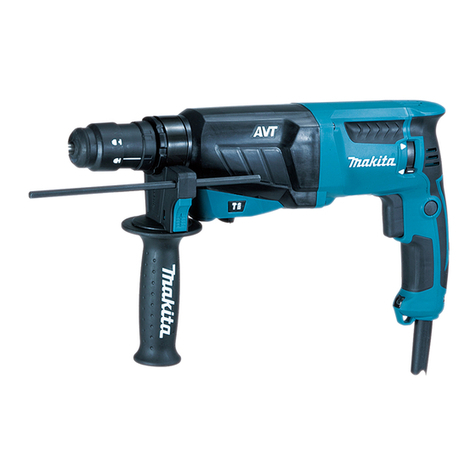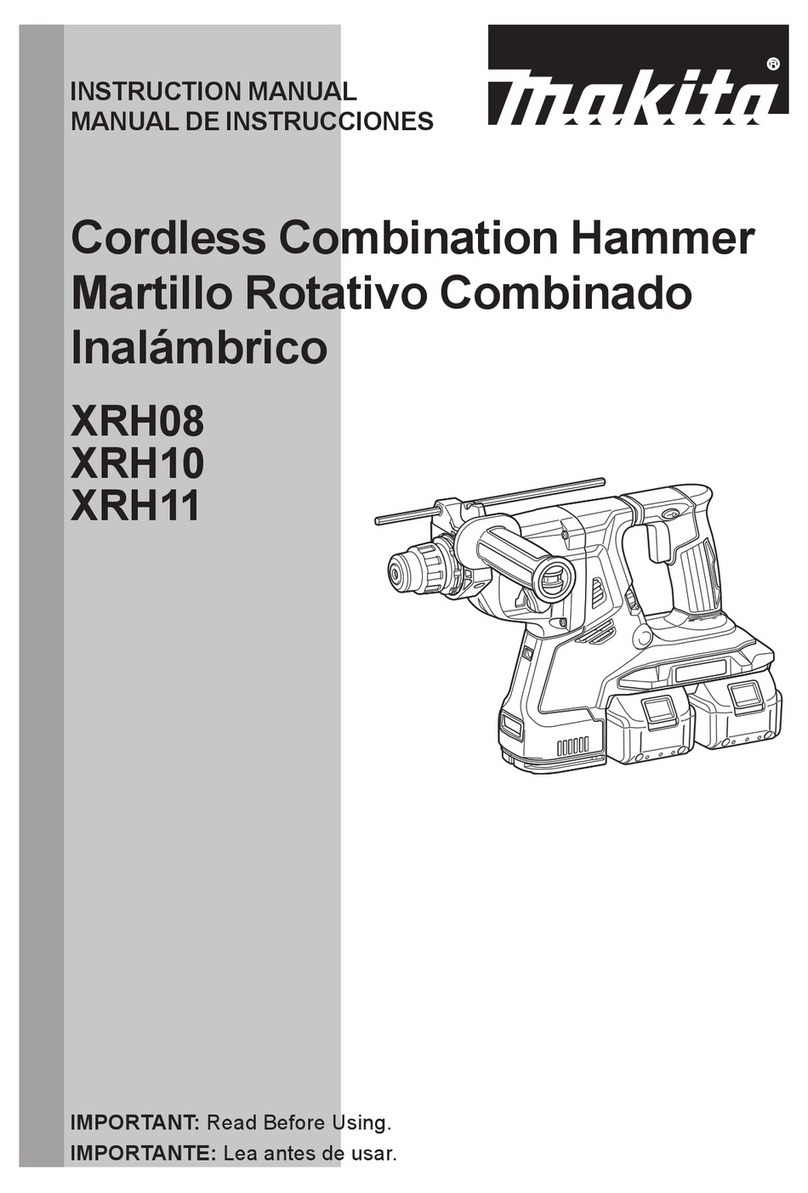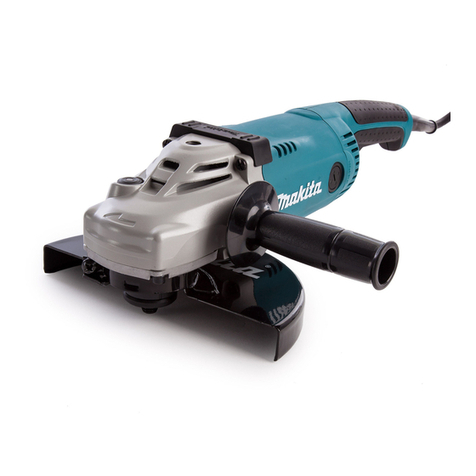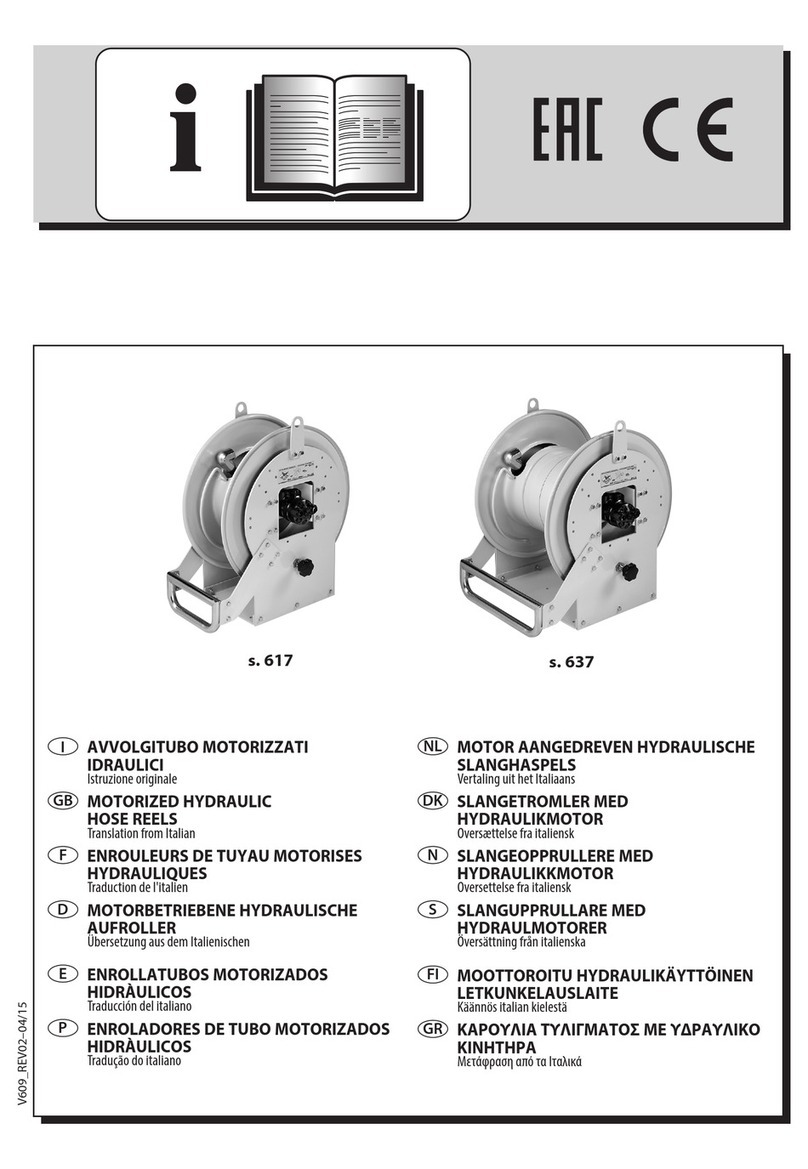Makita DHR182 User manual
Other Makita Tools manuals
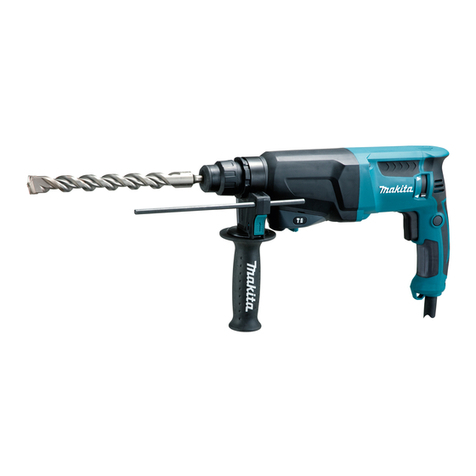
Makita
Makita HR2300 User manual

Makita
Makita DGP180 User manual

Makita
Makita HR2650 User manual
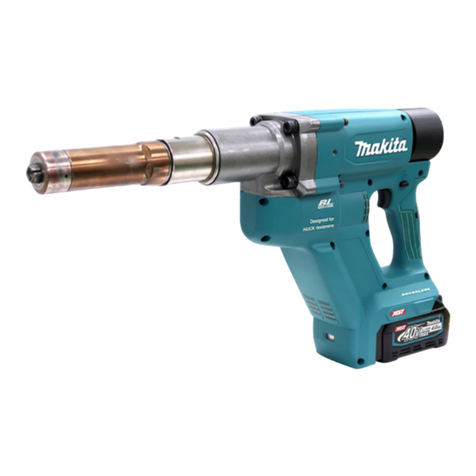
Makita
Makita BV17-177 User manual
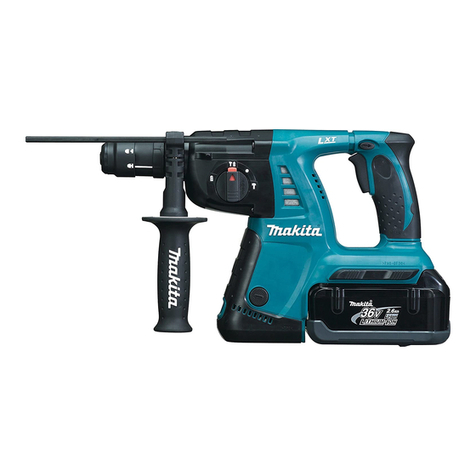
Makita
Makita BHR261T User manual
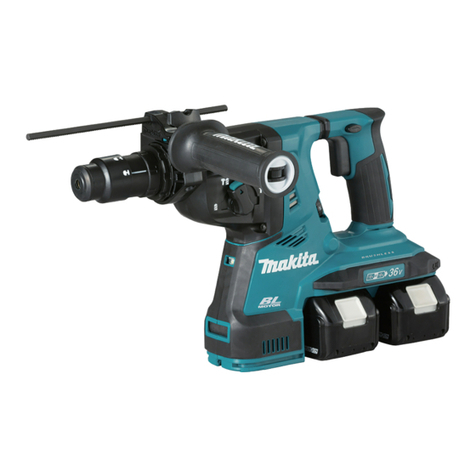
Makita
Makita DHR280 User manual
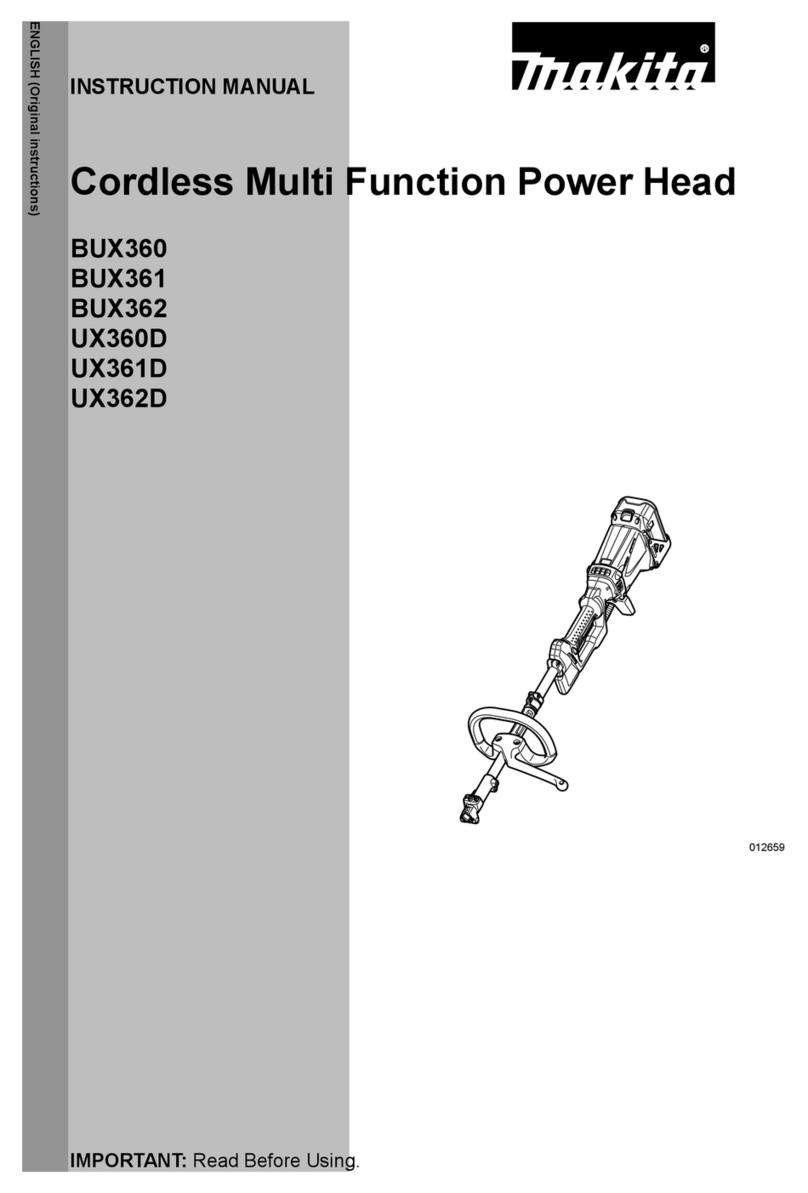
Makita
Makita BUX360 User manual
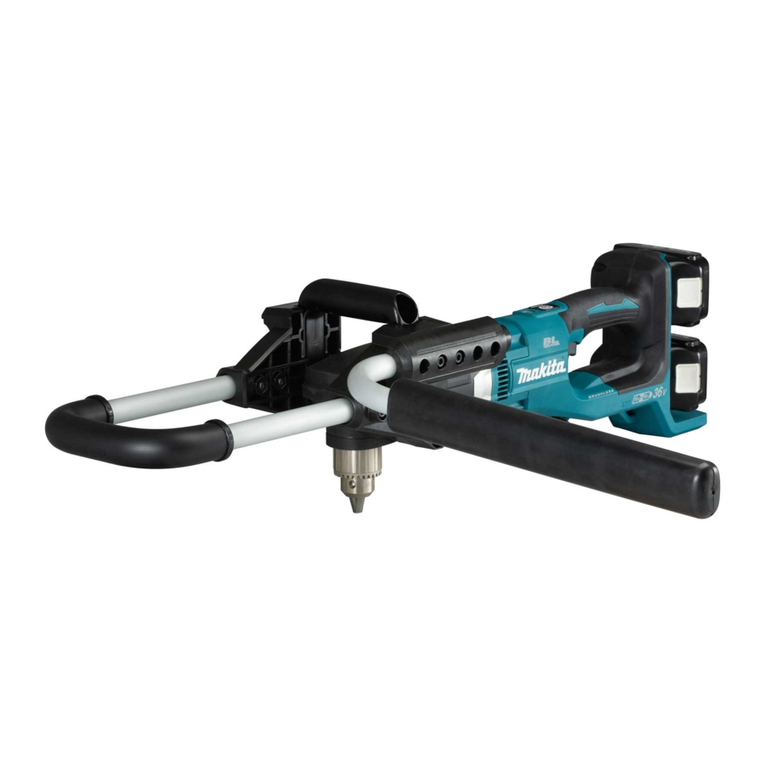
Makita
Makita DDG460 User manual
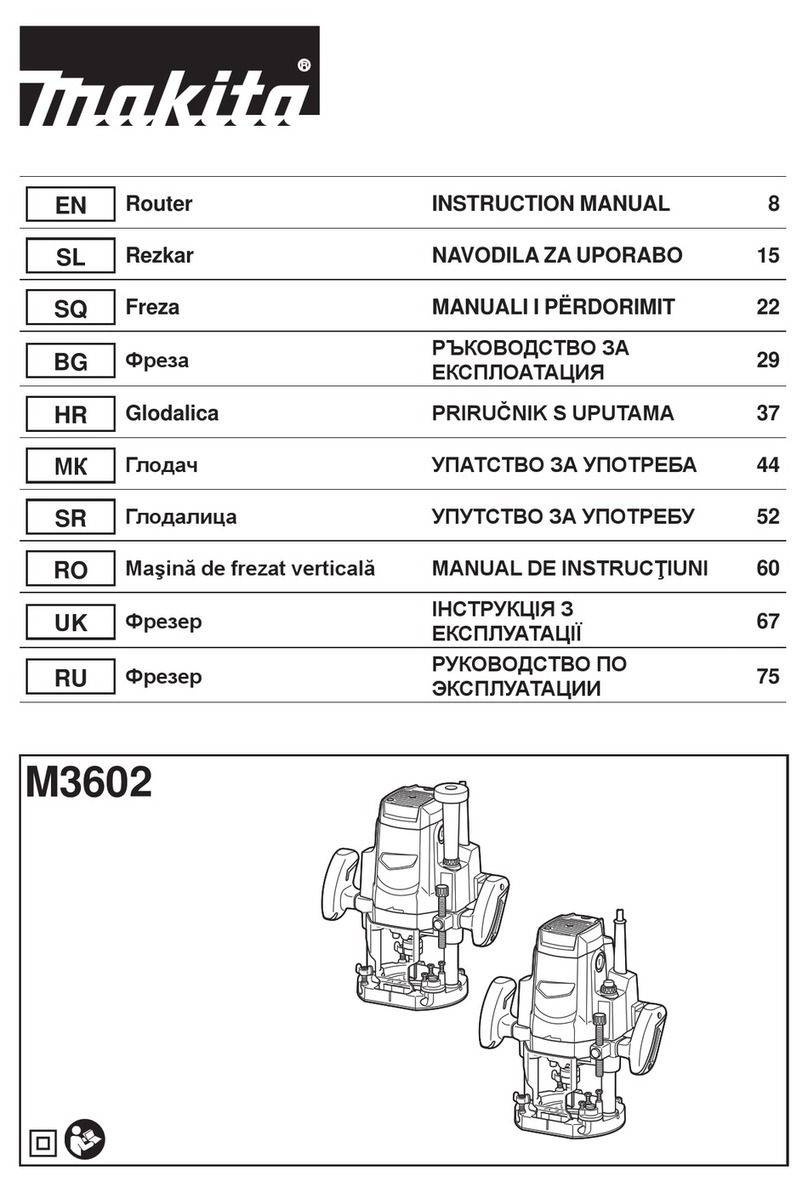
Makita
Makita M3602 User manual
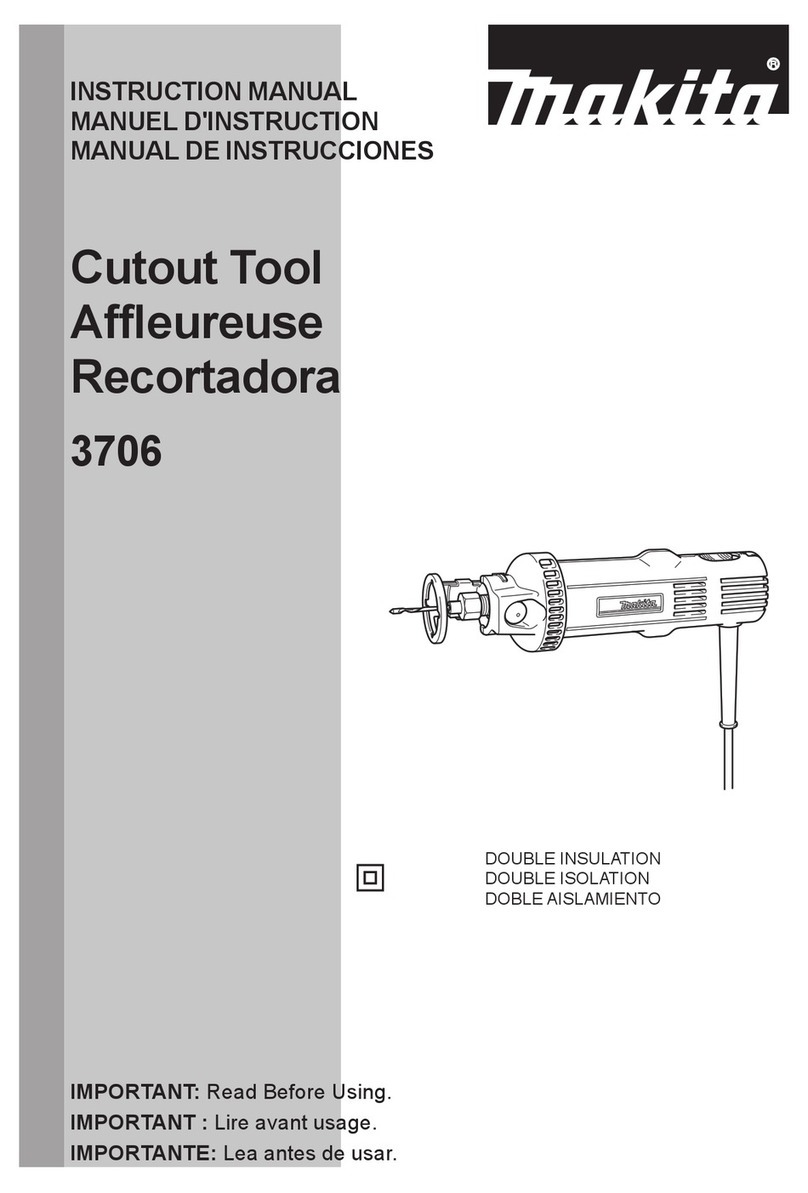
Makita
Makita 3706 User manual
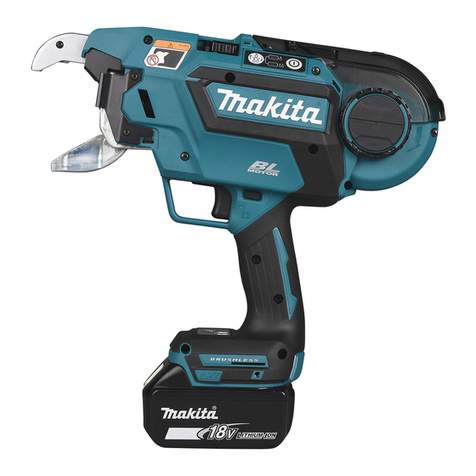
Makita
Makita DTR181 User manual
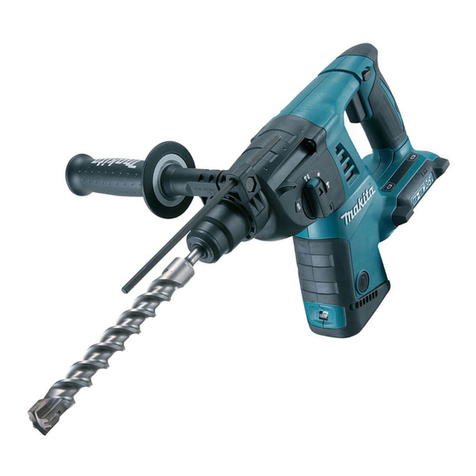
Makita
Makita DHR263 User manual
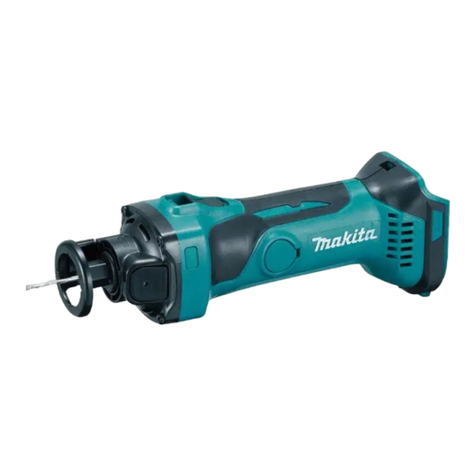
Makita
Makita DCO140 User manual
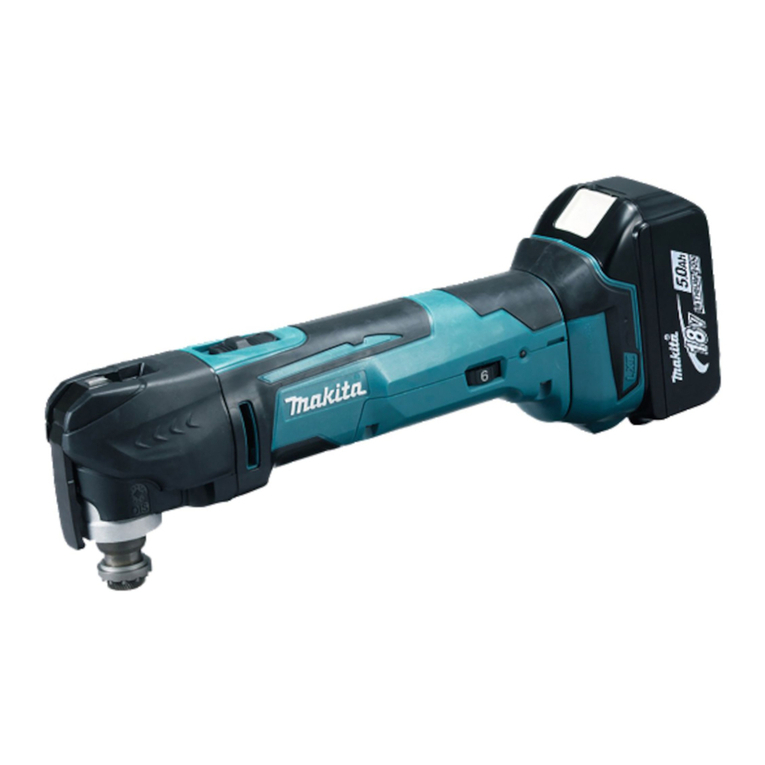
Makita
Makita DTM41 User manual

Makita
Makita HM1317C User manual
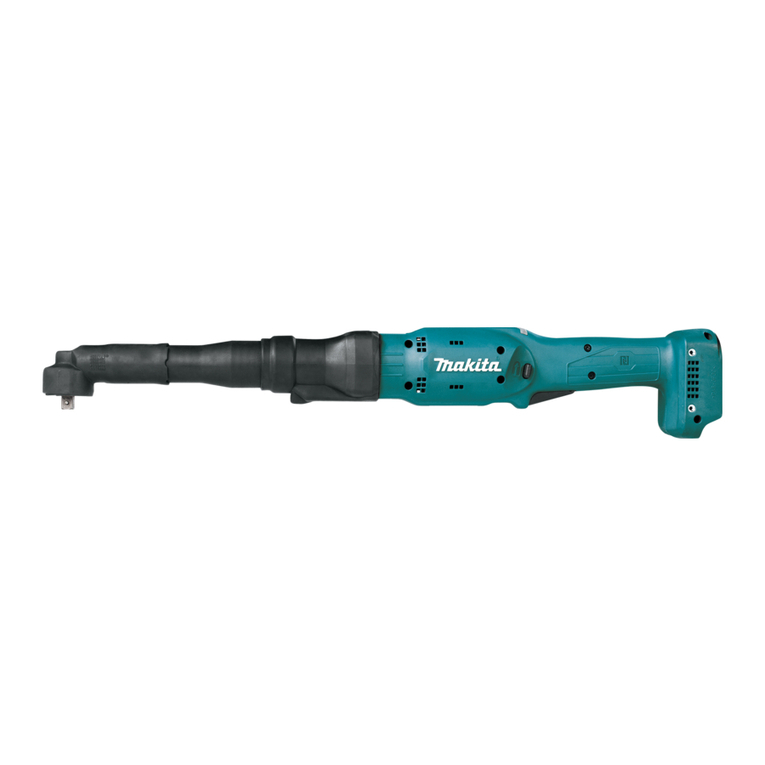
Makita
Makita DFL651F User manual

Makita
Makita HR3011FC User manual
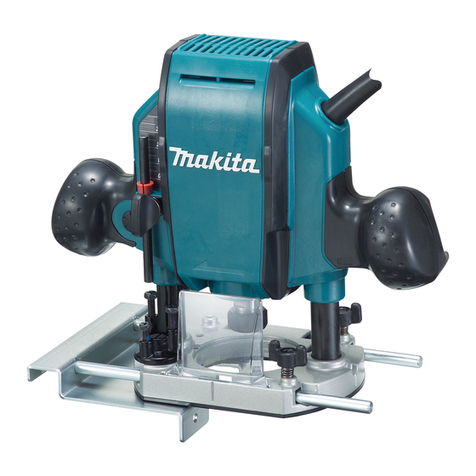
Makita
Makita RP0900 User manual
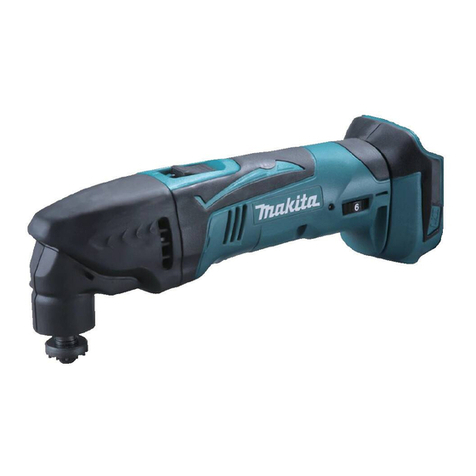
Makita
Makita DTM40 User manual

Makita
Makita HR2652 User manual
